Jackalope ([ JAK-uh-ohp ] | / ˈdʒæk ə oʊp /)
A jackalope is a lagomorph, usually a jackrabbit with "antlers" or antelope horns. The word jackalope is a portmanteau of jackrabbit and antelope.
In the UK and France, the creature has traditionally been called a horned hare. However, even most Europeans have begun calling it by its American name, or in Germany and Central Europe by its traditional German name, the Rasselbock (male) or Rasselgeiß (female), in order to differentiate it from another sort of Lepus conutus, the Al-Miraj, which has a single, unicorn-like horn.
Of the lagomorphs, the jackalope is the only one known to be aggressive, and even somewhat savage in its behaviour. They can and will attack invaders into their territory with no other provocation.
Basic Information
Anatomy
Jackalopes are best known for their horns or "antlers," which are usually described as resembling the antlers of local deer species. They are still rare enough that it is unclear whether this is more a matter of locals referencing familiar horned ungulate species, a differentiation of different species of horned hares, or form following function in a specific environment.
It is worth noting that the distinctive pointy protrusions of a jackalope are horns, not antlers. Antlers are an extension of the skull, a single structure composed of bone, cartilage, fibrous tissue, skin, nerves, and blood vessels. They are generally found only on males. Antlers are shed and regrown each year and function primarily as objects of sexual attraction and as weapons. Horns, on the other hand—found on pronghorns and bovids, such as sheep, goats, bison and cattle—are two-part structures that usually do not shed. A horn's interior of bone is covered by an exterior sheath made of keratin (the same material as human fingernails and toenails).
Like with most other horned species, with jackalopes, they are present in both males and females of the species, although doe horns tend to be smaller. The jackalope's horns do not typically shed and regrow annually like with deer or pronghorns, possibly because the breeding season of lagomorphs is so long. However, if there was significant damage to a horn over the course of a year, the horns will shed and regrow during the inactive months between the breeding seasons.
Otherwise, jackalopes share the usual powerful hind legs, claws, sharp incisors, long ears and fluffy tails of all lagomorphs, allowing them to chew through even the toughest materials given time, evade predators by outrunning and out-hopping them, and fight.
Lepus cornutus: Historiae naturalis de quadrupetibus libri, 1655 (public domain) by John Jonston (1665)
Genetics and Reproduction
Speculation on the possible genetic relationships of cryptid lagomorphs is a hot topic in science currently. Some theories postulate that al-miraj and jackalopes are essentially the same creatures, except for the numbers of horns. Cryptozoologists who have actually seen the two creatures believe otherwise.
However, both al-miraj and jackalopes have 48 chromosomes, like hares, as opposed to the 44 chromosomes of rabbits, meaning they are likely more closely related to hares.
It is possible, even likely, that the variants seen on different continents (jackalopes in North America and Australia, rasselbock in Central Europe) represent differentiations of species, but more research is needed.
Like other lagomorphs, jackalopes seem to breed frequently and bear many young at once, often from several different bucks (sometimes called "rasselbocks" instead among enthusiasts, while does are likewise known as "rasselgeiß"). Breeding seasons vary and usually last for nine or ten months of the year, depending on climate, and the gestation period is about six weeks long. Each rasselgeiß produces up to four litters a year, ranging from one to five kits, which they nurse in shallow dirt nests that are formed by scraping hollows in the ground. These hollows are called "forms" and are typically lined with flattened grass. This appears to be common to jackalopes around the world.
Young are born live, fully furred, and with eyes open, and two soft horn nubs that begin hardening immediately after birth. Its horns will grow to its full size—about a quarter to a third of the length of the jackalope's body—within the first year, during which they are known as "waldrasslinge" by enthusiasts. Unlike with the al-miraj, horns are frequently used in scuffles between the creatures, especially when bucks fight for dominance and mates like the bucks of other lagomorphs.
Growth Rate & Stages
Waldrasslinge, typically known as "leverets" among most hares, have underdeveloped horns. Even though they are capable of independent survival early in their lives, they are not sexually mature and do not engage in mating rituals or aggressive territorial defense until they are at least a year old.
Ecology and Habitats
Jackalopes clearly have the potential to be as ubiquitous as rabbits, since they have been sighted in all the places their folklore exists. They seem to prefer dry, temperate climates, with biomes ranging from plains to semi-desert to temperate and boreal forests. None exist in captivity at this time, since they have proven too difficult to capture due to their aggression. None appear to be present in the Middle East or Africa, possibly due to competition with the al-miraj.
Dietary Needs and Habits
The only lagomorph that are classified as omnivores, jackalopes are frequent scavengers, which they use to supplement their staple diet of grasses. They have been filmed hunting other small prey creatures, such as mice. They have been known to kill coyotes and foxes and then eat them, turning the tables on their predators. Badgers and jackalopes give each other a wide and respectful berth.
Behaviour
Jackalopes are known for two things; the clever trickster antics typical to lagomorphs, and a fierce temper. While not predators, they are highly territorial and as fierce as badgers once their ire is roused.
Socially, they organize somewhat between hares and rabbits; while they dwell above ground as hares do, they appear to gather in "fluffles" that interact, scuffle, interbreed, and protect each other from predators. These fluffles have been known to gang up against larger creatures, especially if they view them as territorial threats. Unwary hikers who blunder into jackalope territory may be in for a nasty surprise. Fortunately, they tend to avoid human habitats.
According to tall tales of the American West, jackalopes have occasionally been said to start singing along with cowboys playing a few tunes by the campfire, generally in a tenor voice. This has been dismissed as the product of intoxication and wild imagination on lonely trails; or possibly, wererabbit jackalopes living in the wild.
Additional Information
Perception and Sensory Capabilities
The jackalope has all the advantages of a lagomorph's keen senses; keen colour vision, widely-spaced eyes, excellent hearing thanks to its long ears, long whiskers to feel its way in the dark. These all aid the creatures in evading their predators.
WIP
Streamer
Missing
Status: Location Unknown
Deceased
Status: Deceased Character
Retired
Status: Retired Character or Article
Scientific Name
Lepus conutus cervus
Origin/Ancestry
It is possible that the jackalope and the al-miraj are closely related. DNA studies are underway, albeit with an extremely limited sample size.
Lifespan
Unknown
Conservation Status
Like most of the new, or recently revived, mythological creatures, the jackalope is considered critically endangered. House Lapin has listed them among the creatures they will fund protection efforts for under the Lagomorphic Trust.
Geographic Distribution
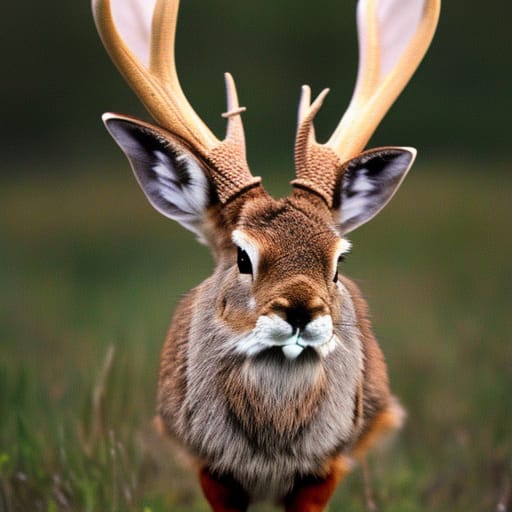
Jackalope buck "rasselbock" alert in a field by Moonflower with Night Cafe


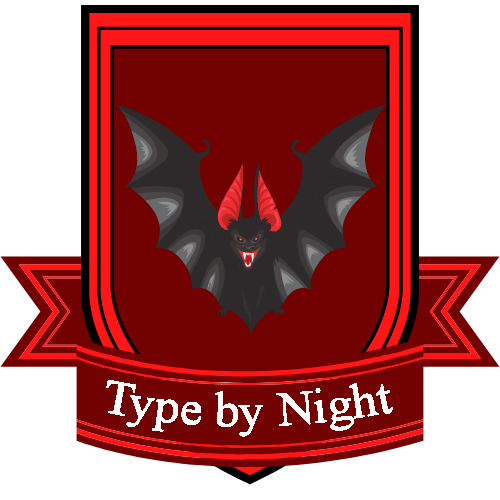

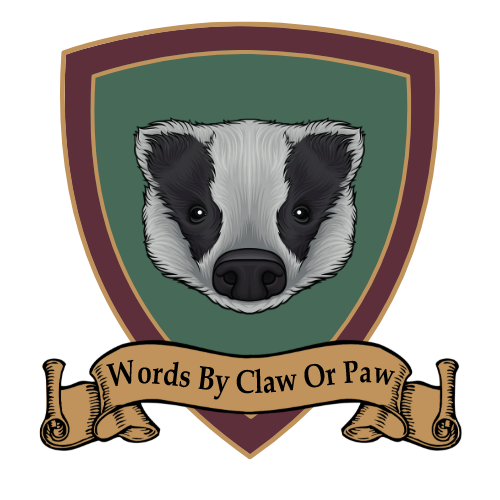


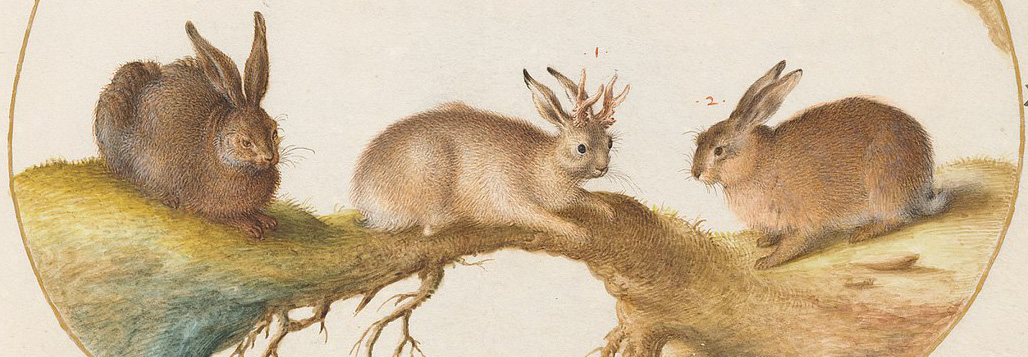
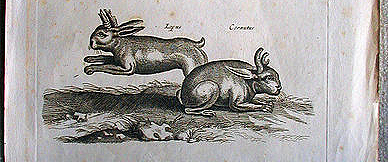




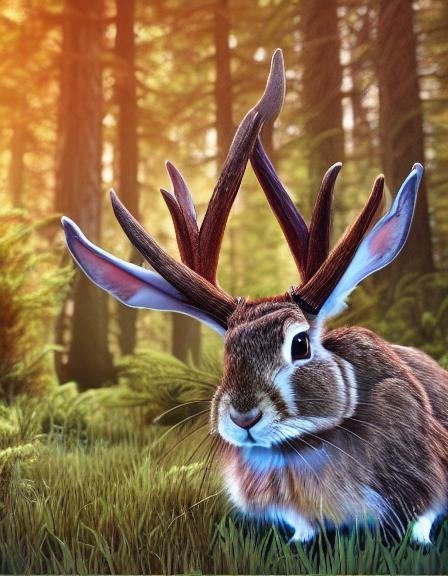

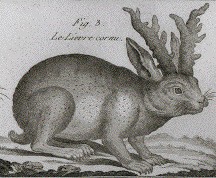



Comments